#Astronomy and telescopes
Explore tagged Tumblr posts
Text

Mars, Jupiter, Venus, Saturn, 25.01.25, by Manusia dan Langit (composite picture of the alignment also called “planet parade”)
#space#universe#aesthetic#astronomy#astrophotography#jupiter#saturn#mars#venus#planets#planet#solar system#photography#tale#it seems the photo has been recomposed#not a real alignment#venus looks like that bc chromatic aberration#common issue with telescope#and venus is the third brightest#object in the sky
12K notes
·
View notes
Text




Hubble's new 35th anniversary images ©
#space#hubble telescope#astrophotography#stars#nebula#galaxy#cosmos#planet#astronomy#solar system#universe#nasa#night sky
6K notes
·
View notes
Text
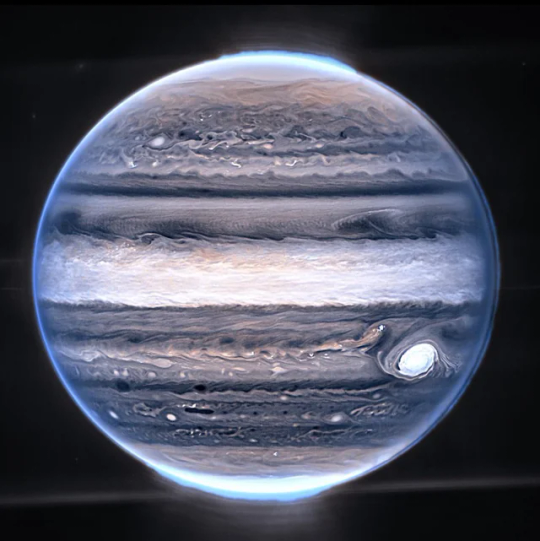
Aurora of Jupiter
6K notes
·
View notes
Text

What does it take to see this?
Decades of dreamers, inventors, scientists and artists working together to create a labor of love: a telescope capable of peering deep into the universe and back through time.
The James Webb Space Telescope has allowed us to see the earliest galaxies, the auroras and rings on our gas giants, and even detect clouds on planets far beyond our solar system, all because a group of dreamers looked at the universe with curiosity.
Witness the incredible story of Webb’s journey – from an impossible idea to a scientific marvel – all through the eyes of the people who made it possible in our new documentary. Cosmic Dawn is streaming now on NASA+.
#NASA#James Webb Space Telescope#astrophotography#space photography#space#galaxies#documentary#film#astronomy#engineering#technology#tech
3K notes
·
View notes
Text










Hubble's anniversary images (2019-2025)
"I believe our future depends on how well we know this Cosmos in which we float like a mote of dust in the morning sky." —Carl Sagan
#hubble#space#hubble telescope#astrophotography#astronomy#stars#galaxy#universe#planets#sky#night#solar system#nasa#35th anniversary#carl sagan#quotes
4K notes
·
View notes
Text

Saturn by JWST
#art#cosmos#cosmic#universe#blast#space#photography#saturn#james webb space telescope#space photography#jwst images#hubble space telescope#astronomy#jwst
2K notes
·
View notes
Text

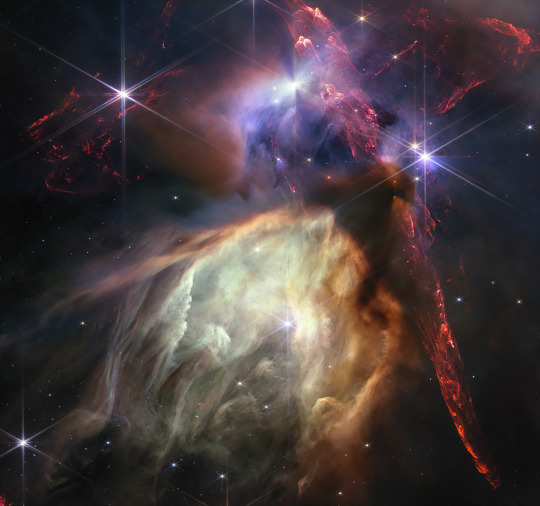
Rho Ophiuchi cloud cluster
~Happy anniversary to the James Webb Space Telescope~
28K notes
·
View notes
Text
Close up of Pluto from the New Horizons space probe.
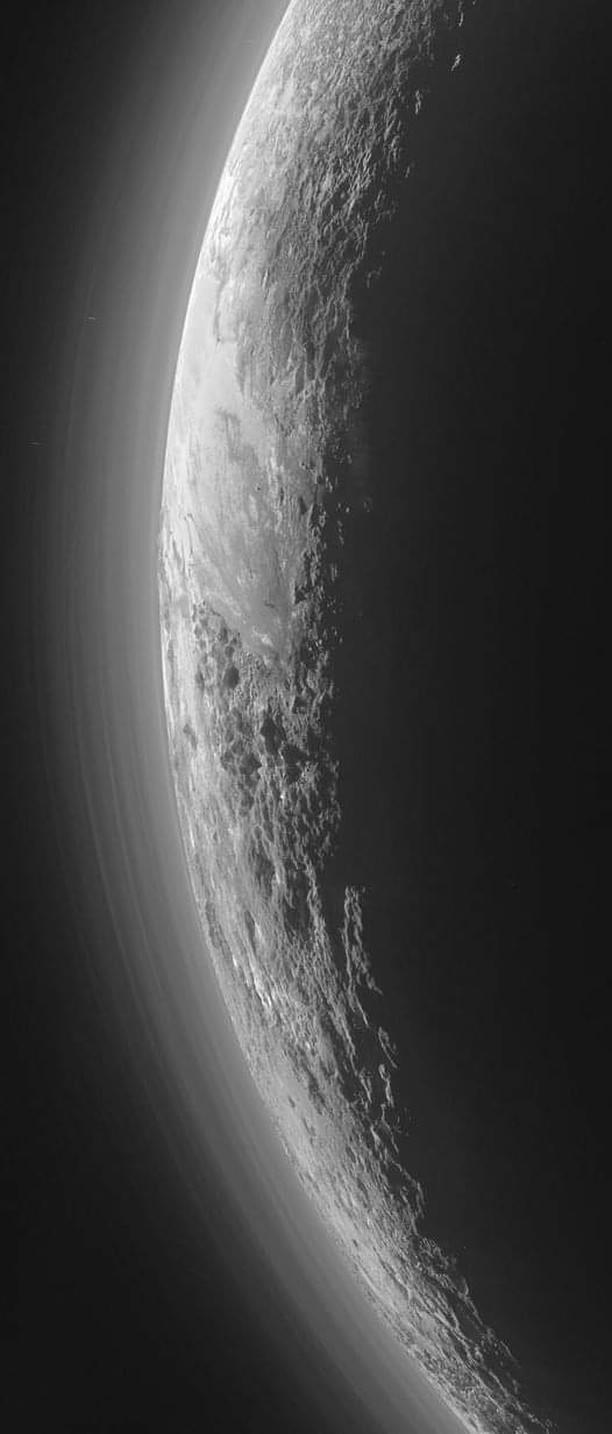
Will be adding several more photos to this same post
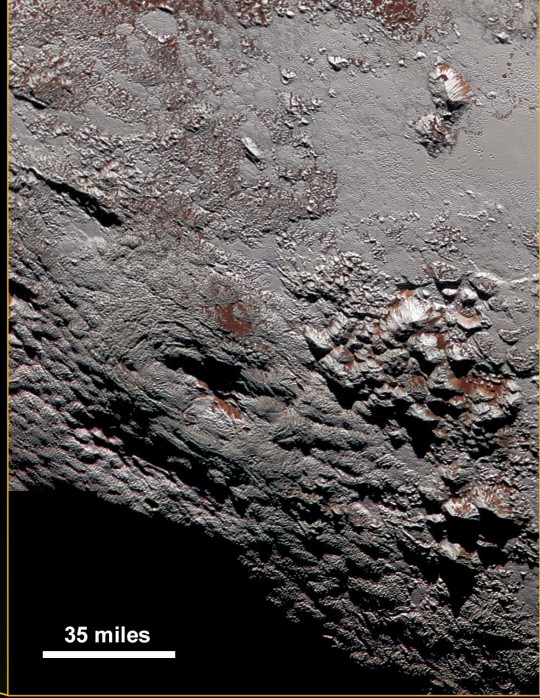


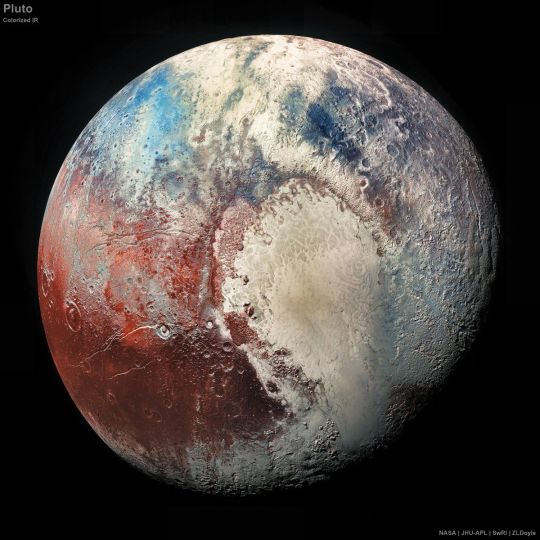

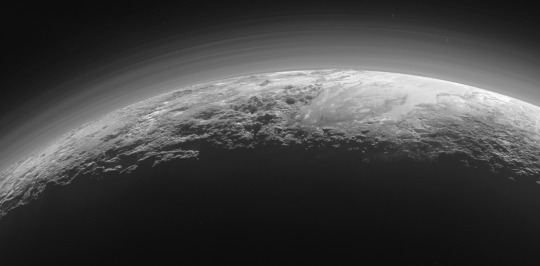

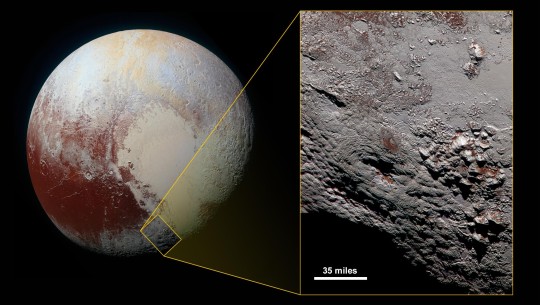
#astronomy#nasa#astronomers#universe#astrophotography#nasa photos#nasawebb#astrophysics#outer space#hubble space telescope#astrology#astronomy photography#astronomy picture of the day#astro observations#astro notes#astro community#astrography#our universe#nebula#pluto#planets#planet#nasa picture of the day#goddard space flight center#galaxies#galaxy#spacecraft#new horizons#space exploration#space
21K notes
·
View notes
Photo

#aesthetic#astronomy#astrophotography#galaxy#night sky#observatory#solar system#space#stars#telescope#universe
1K notes
·
View notes
Text

The first image of Saturn from the James Webb Space Telescope
7K notes
·
View notes
Text
"With measurement errors negated, what remains is the real and exciting possibility we have misunderstood the universe.”
4K notes
·
View notes
Text

Hubble's edge-on galaxy NGC 3432
#space#astrophotography#hubble telescope#ngc 3432#stars#planet#galaxy#universe#cosmos#nasa#solar system#astronomy#night sky
4K notes
·
View notes
Text

W3/W4/W5 Complex, Star Formation
#astronomy#night#sky#space#stars#nasa#science#universe#nebula#galaxy#cosmos#Herschel Space Telescope
2K notes
·
View notes
Text
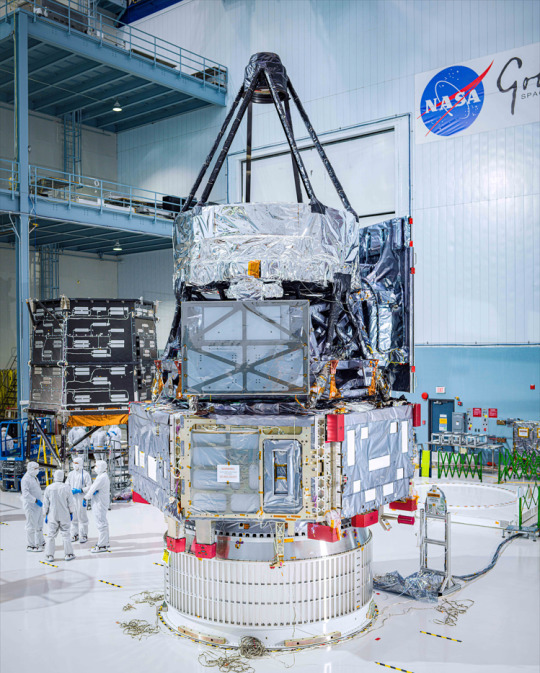
One of the two assembled critical sections of NASA’s Nancy Grace Roman Space Telescope in the cleanroom at NASA’s Goddard Space Flight Center in Greenbelt, Maryland. This assembly consists of Roman’s optics, primary science instruments, and spacecraft bus.
Happy Birthday, Dr. Nancy Grace Roman!
Today marks what would have been the 100th birthday of Dr. Nancy Grace Roman — NASA’s first chief astronomer and the namesake for NASA’s nearly complete Nancy Grace Roman Space Telescope.
Dr. Roman championed NASA’s Hubble Space Telescope and paved the way for other major space-based telescopes like NASA’s James Webb Space Telescope and now the upcoming Roman telescope — currently assembled into two large structures technicians will soon connect.
Key assessments at NASA’s Goddard Space Flight Center in Greenbelt, Maryland are ensuring that both Roman’s critical sections are ready for integration and additional tests as a complete observatory. Having recently passed a space environment test, Roman remains on schedule for launch by May 2027, with the team aiming for launch as early as fall 2026.
Learn more about Dr. Roman and stay up to date on the mission at nasa.gov/roman.
Make sure to follow us on Tumblr for your regular dose of space!
#NASA#Nancy Grace Roman Space Telescope#birthday#astronomy#engineering#technology#tech#Nancy Grace Roman#space
1K notes
·
View notes
Text



Arp 107 Galactic Eyes il Hubble Webb
#galaxy#space#astrophotography#astronomy#stars#solar system#universe#planets#sky#night#arp 107#hubble#webb#james webb telescope#interacting galaxies
1K notes
·
View notes
Text
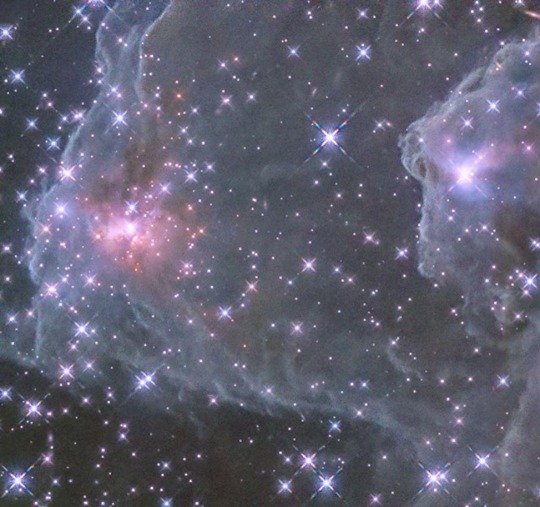
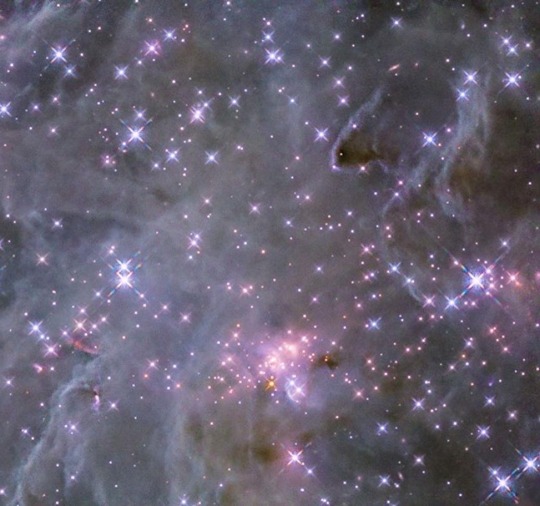
Glittering image of a stellar nursery captured by @NASAHubble. The immense region of gas and dust is the birthing place of stars, which glow against the clouds. Bright clusters of newborn stars shine in infrared light shown here in pink. Clouds of gas and dust, resembling puffy cumulus clouds, are dotted with dark knots of denser dust.
Hubble’s infrared view allows us to pierce through the clouds and see stars that otherwise might be obscured. Unlike visible light, infrared wavelengths can travel through clouds of gas and dust, allowing us to see details of the young stars.
nasa
#space#outer space#galaxy#astronomy#hubble space telescope#stars#look up#the truth is out there#curators on tumblr
558 notes
·
View notes